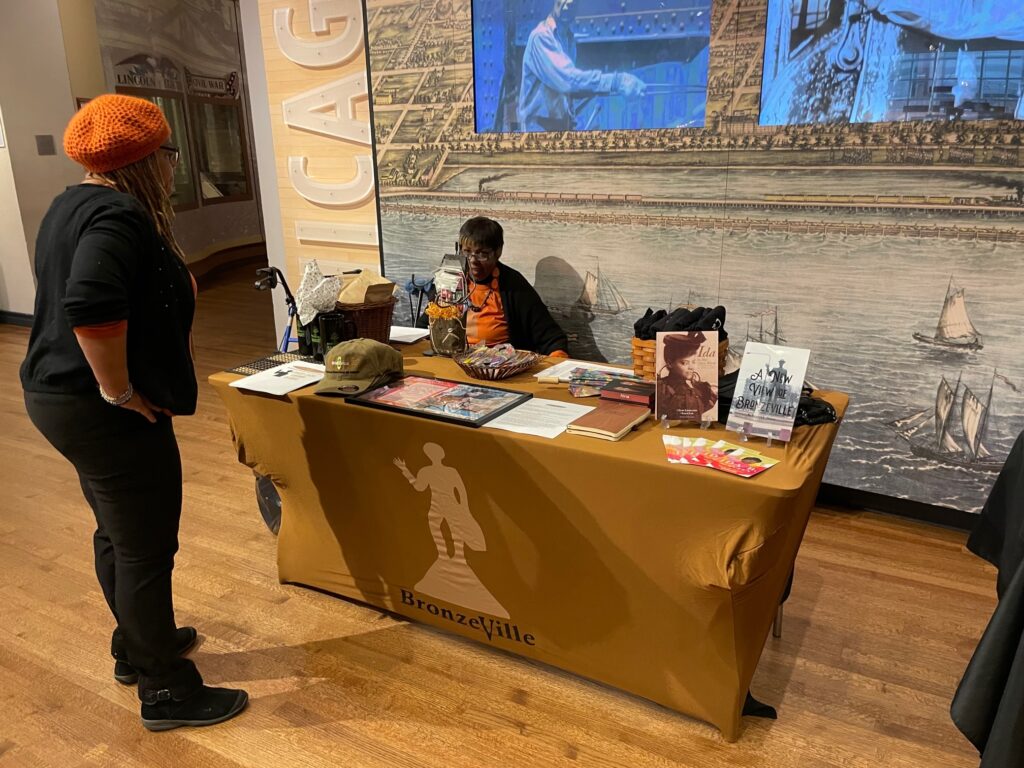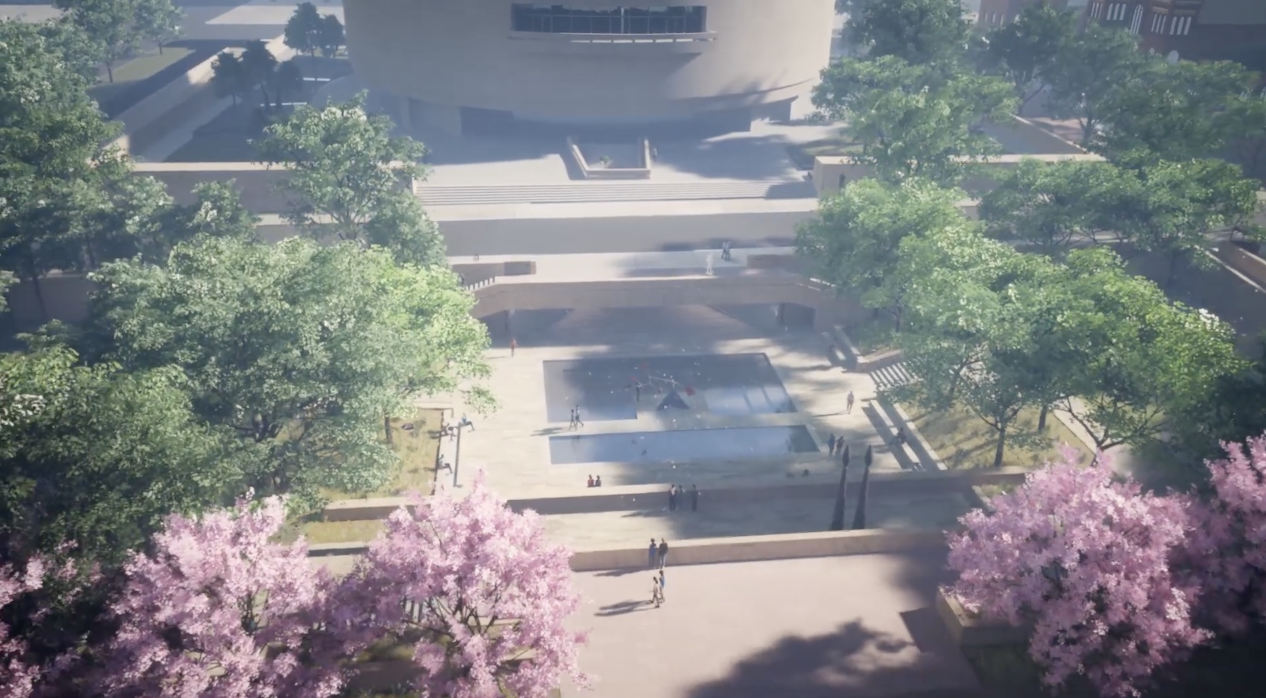(CHICAGO) — The Chicago History Museum invited visitors to learn more about the historic Bronzeville neighborhood during its Black History Month Commemorative Day on Feb 25.
Bronzeville, a historically Black community on Chicago’s south side, was the center of Black politics, cultural expression, and economic prosperity after it became home to Black residents during the Great Migration between 1916 and 1920. It was designated a National Heritage Area in December by the National Parks Service following an 18-year process.
During an interview, Greg Storms, manager of public and community engagement at the Chicago History Museum (CHM) said that the museum has been doing Black History Month programming for a while. “[U]nder different leadership, [the museum] took the opportunity to move away from what can sometimes be seen as more sanitized histories,” he said, adding, “This is the second year we have done it in person under this model… in our different programming efforts, we try to highlight different community-based organizations that work in areas that we are trying to highlight. That is one of the reasons we have our guests here.”
Visitors explored Bronzeville’s Black history through materials from the Chicago History Museum’s (CHM) collections that included delicate black and white photos and hand-written journal entries of everyday Bronzeville residents.
A reenactor playing the role of journalist and activist Ida B. Wells took about 20 visitors back in time to Chicago’s World Columbian Exposition in 1893, during which Wells, alongside Frederick Douglass and other Civil Rights leaders, organized a boycott of the fair for not including representation of Black achievements in the exhibits.
”[W]e are centering the Black community, but for us, this is for all of Chicago because Black history is Chicago history and is America’s history,” Storms told The Click. “We want to make people understand the reality of life for different groups of people and not just during Black History Month.”
As part of the celebration, the museum invited Bronzeville stakeholders from the Black Metropolis National Heritage Area Commission (BMNHAC) to share more about their efforts to secure a Congressional designation for the National Heritage Area. With the designation becoming official in late December, Bronzeville’s “Black Metropolis” neighborhood will secure up to $10 million over 15 years to preserve and enhance the community’s rich history.
To establish a National Heritage Area, “[Y]ou have to have a big story to tell, and the story that you tell is an American story. So the story that we are focused on is the Great Migration,” said Bernard C. Taylor, executive director of BMNHAC. “We are entrusted to tell the story, to curate the story, and to tell the stories for the future.”
The effort to designate Bronzeville as a National Heritage Area took many years and several bills before Congress finally approved it last year.
Rhonda Hardy, a Bronzeville artist and entrepreneur, praised the community’s collective effort to support a National Historic Area. “I’m just really excited because after almost 20 years of work and networking and policy-making, we finally got the designation for the Black Metropolis National Heritage Area,” she said.
Regarding the next steps for BMNHAC and its use of federal funds in the near future, Taylor said, “There will be funding coming in after we write a management plan… The management plan also has to be approved by the National Park Service and the Department of Interior,” adding “We will focus on tourism and development.”
Storms provided further insight into the museum’s history and the direction it wants to take to be inclusive of Black history, “the museum has a lot of room for growth as an institution. Especially when it comes to properly and best representing our Black and Brown communities, our Asian and Indigenous communities, and LGBTQ communities.”
Originally known as the Chicago Historical Society, CHM was, “founded back in the 1800s by a bunch of white guys who loved war history, mostly” said Storms. “So a lot of our collection is that because that’s what for over 100 years, the people in charge were interested in… we have a lot of room for growth, a lot of room for change. But my team, the education department, and all of my colleagues at the museum now are really invested in these changes.”


